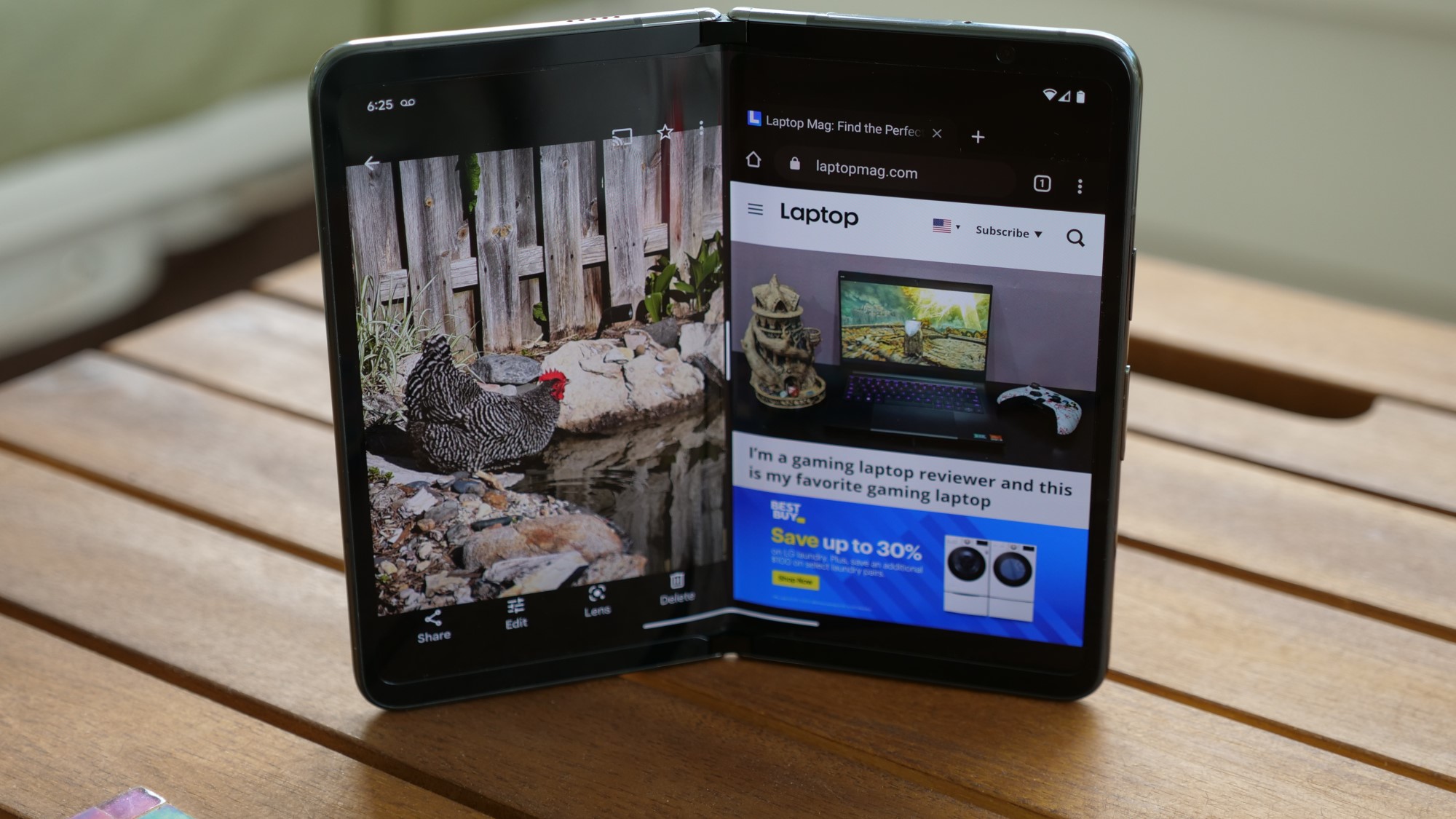Google Pixel Fold 2 may have more in common with the Pixel 9 than expected
Bringing performance up to par

Google's Pixel Fold is highly likely to receive a follow up in the Pixel Fold 2 at some point in 2024, but a recent rumor suggests the device may be receiving far more of an upgrade than previously expected.
News on the Pixel Fold 2's development comes by way of Android Authority, citing an anonymous source familiar with the project, who claims that Google are currently internally testing and prototyping its second generation foldable phone.
Pixel Fold 2: Source claims huge processor shift
Previous predictions for the Pixel Fold 2 were likely to assume that Google would likely outfit its foldable with the current Tensor G3 chipset found in its Pixel 8 and Pixel 8 Pro smartphones.
However, the cited source claims that the next Pixel Fold will in fact skip Google's current generation of Tensor SoC and arrive with the company's next-gen Tensor G4 processor, rumored to feature in the upcoming Pixel 9 series of devices.
The Tensor G4 chipset, while an improvement over the current G3, is reportedly a layover processor while Google work on a "fully custom" SoC for future Pixel devices. This stepping stone increment is seen clearly by Google's internal code naming, which labels the Tensor G4 chip as the "Zuma Pro," over the Tensor G3's "Zuma."
How much performance this new chipset offers the Fold 2 has yet to be seen. However, one of our key complaints with the original Pixel Fold was its less than spectacular processor for the price paid — with the $1,799 foldable outfitted with the same chipset as the $499 Google Pixel 7a.
Bringing the Pixel Fold 2 more in line with the future flagship Pixel 9 and Pixel 9 Pro smartphones goes some way to fixing this issue, as long as the "Zuma Pro" upgrade holds up as a considerable improvement on the current Tensor G3.
Sign up to receive The Snapshot, a free special dispatch from Laptop Mag, in your inbox.
Pixel Fold 2 prototypes showcase further upgrades
The same source also suggests that current Pixel Fold 2 prototypes include a sizable RAM upgrade to 16GB and improved storage speeds through the adoption of UFS 4.0 specifications.
While these upgrades seems secondary to the Pixel Fold 2's processor upgrade, they play a vital role in making the most of the foldable form factor — especially when it comes to bolstering the multitasking potential of split-screen layouts and making further use of the expanded internal display.
The increase in available RAM is also of great use to further onboard AI applications, which will no doubt expand over the Pixel 8 and Pixel 8 Pro's offerings, including the rumored Google Pixie AI assistant.
Outlook
Foldable phones are amid an upswing in popularity with devices like the Samsung Galaxy Z Flip and Fold normalizing the new form factor and shepherding it into the mainstream limelight. Since then, we've seen a myriad of flip and foldable smartphones gain more traction, including the OnePlus Open, Honor Magic V2, Motorola Razr Plus.
The foldable form factor has even spread to the laptop with Lenovo, LG, Asus, and HP all bringing out single panel foldable options as of late. Even Apple is said to be working on a 20.3-inch foldable iPad for release in 2026.
While adoption rates for foldables still have some way to go before rivaling the traditional monolithic smartphone form, more and more manufacturers are backing this new form and outfitting them with similar specs and components to their typical flagship devices.
The Google Pixel 2 is seemingly following suit, finding parity with Google's upcoming Pixel 9 smartphones and potentially living up to its higher price tag as a result — which remains one of the biggest hurdle for consumers on adopting this tech.
For breaking news and updates on all things Google, Pixel, and tech, follow Laptop Mag on TikTok, Twitter, Facebook, and Flipboard.

Rael Hornby, potentially influenced by far too many LucasArts titles at an early age, once thought he’d grow up to be a mighty pirate. However, after several interventions with close friends and family members, you’re now much more likely to see his name attached to the bylines of tech articles. While not maintaining a double life as an aspiring writer by day and indie game dev by night, you’ll find him sat in a corner somewhere muttering to himself about microtransactions or hunting down promising indie games on Twitter.
